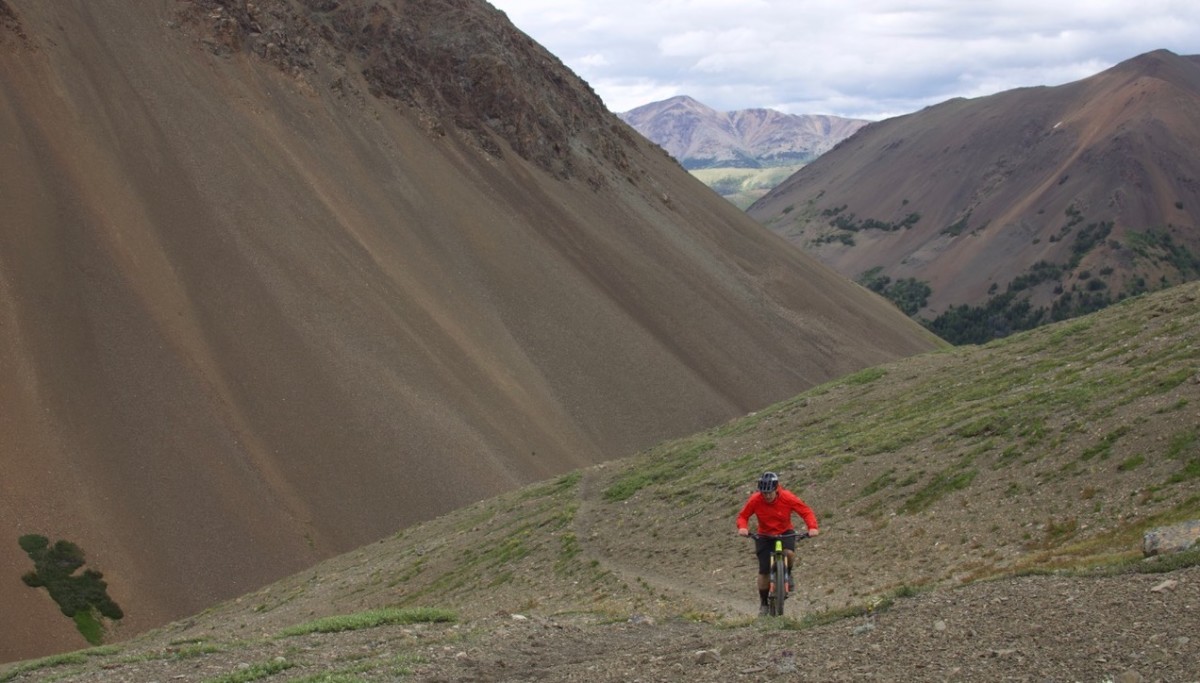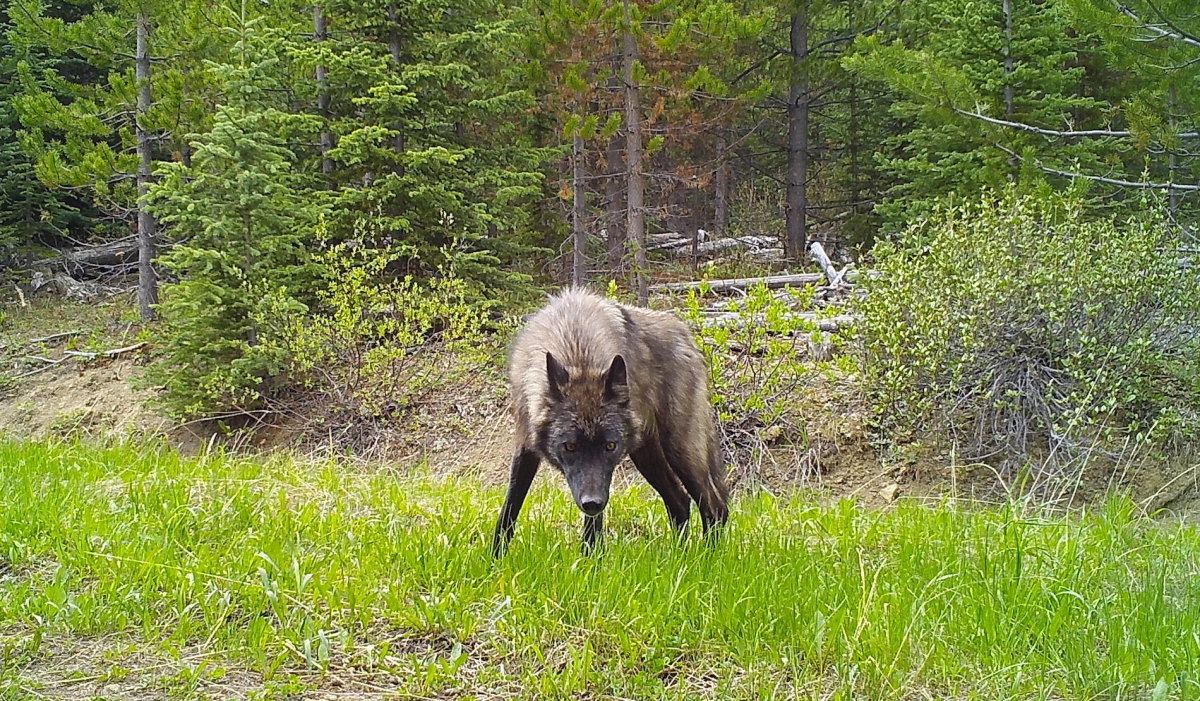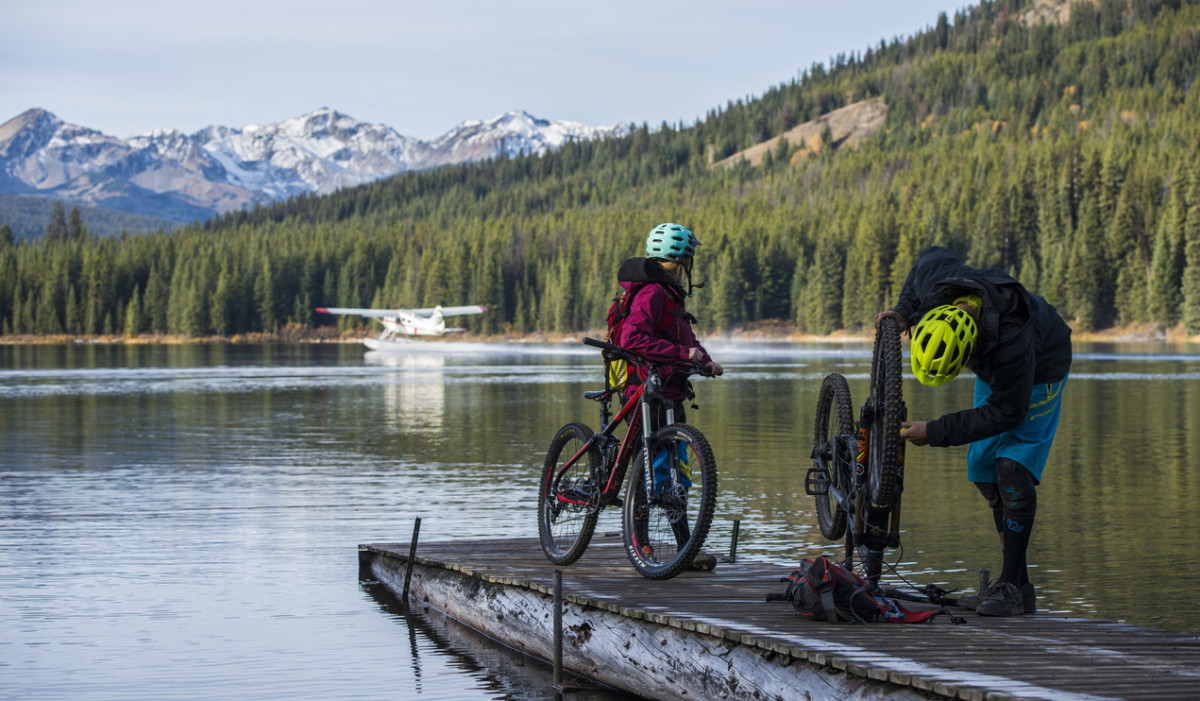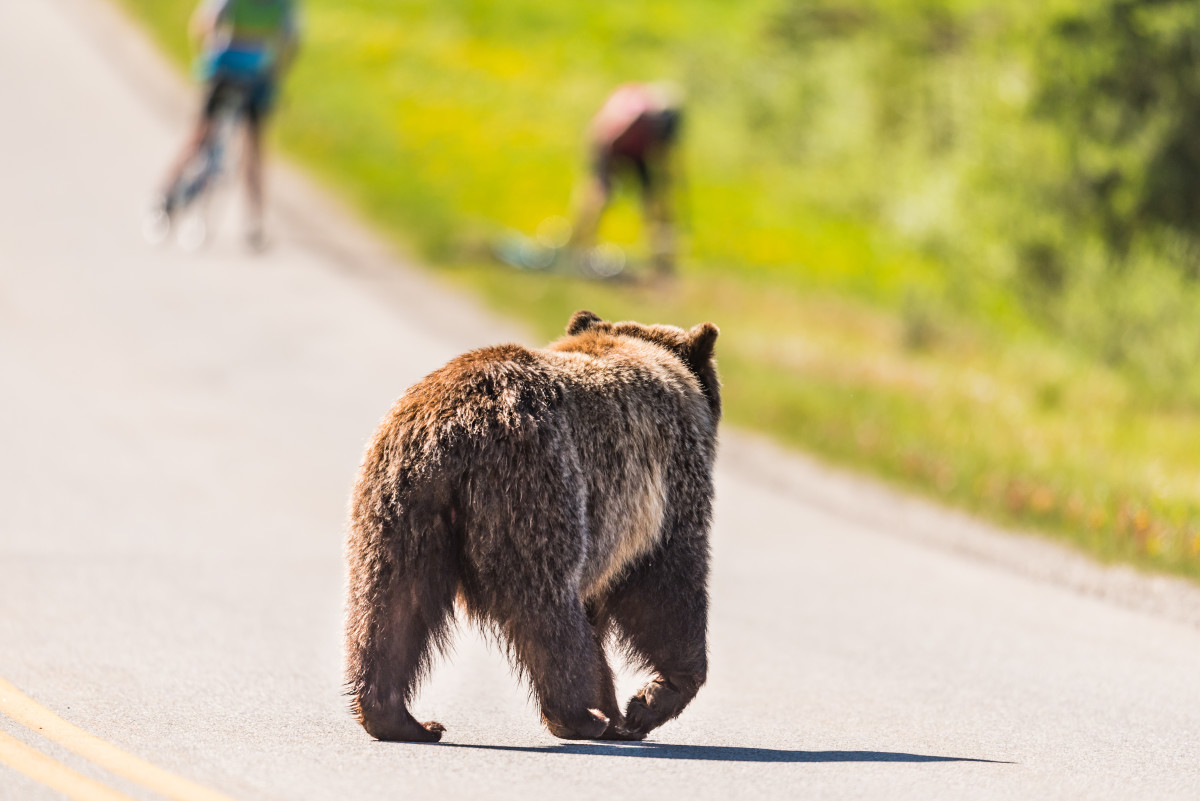No products in the cart.
Fitness Tips
Mountain Bikes Disturb Wildlife More Than Previously Thought
If a mountain biker rides through the forest, do the bears hear? Research out of British Columbia suggests they do and more than anyone suspected.
“We found that recreational activity is displacing wildlife and mountain bikers are doing it more than hikers and horseback riders,” says Cole Burton, the lead researcher on the study. “But we don’t know why.”
In fact, cyclists disturbed wildlife on par with dirt bikes and ATVs, says Burton, the head of the University of British Columbia’s Wildlife Coexistence Lab. The findings back up other research that suggests self propelled recreation might not be as good for the wilds as many would like to believe.
To conduct the study, researchers set up 60 motion activated cameras in B.C.’s South Chilcotin Mountains. The region, a couple hours north of Whistler and partially protected in a provincial park, is popular with hikers, horseback riders, dirt bikes and ATVs and, increasingly, mountain bikers.

The study used a year of pictures captured by the cameras to understand what factors best explained the occurrence of 13 different mammals, including grizzly bears. Habitat was the most important variable for when and where the animals appeared, but when the team added the images of people and time stamps to their analysis they saw the activity played a roll too.
Wildlife stayed away from cameras after people passed by, whether boot, hoof, pedal or motor, but for longer periods of time after mountain bikers and motorized users. The loud sound of the motors made sense, but the mountain biker impact surprised Burton.
“It could be that mountain bikers are moving faster than horses and hikers and so are more startling,” he guesses.

There are a few caveats to keep in mind, says Burton. The data set was small and the study is continuing for several more years. Researchers have no idea what the animals are doing when they leave the trail. “Do they just continue feeding or does it disturb them in a more detrimental way?” wonders Burton. And the cameras caught the mountain bikers mostly inside a provincial park, while the motorized users were outside the protected area.
The findings do align with other studies that show the presence of backcountry skiers and hikers have a negative impact on mountain caribou, big horn sheep, and grizzly bears. Just because self propelled recreation is healthy, doesn’t mean it’s benign, says Burton.
The study could also be evidence that mountain bikers are doing a good job of avoiding grizzly bear encounters, counters Dale Douglas. The owner of Tyax Adventures, a tour operator in the area, has supported the camera research for years.
“We’re not under any illusion that our operation does not have an effect on wildlife,” he says. “But we think it is very minor.”

Before Tyax flies hikers and bikers into the South Chilcotin via float planes, they teach them bear smarts, like making lots of noise to encourage the animals to move off the trail before encountering humans. The company’s guides keep the pace slow to give wildlife time to get out of the way. And the backcountry camps Tyax operates carefully manage garbage and food.
“If the bears are moving out of the way when they hear bikes coming, we might be doing everything right,” Douglas says.
In 20 years of operating, he’s only heard of one grizzly bear attack and no bear has died due to a run in with recreational users. Over the same years, the number of mountain bikers has increased and, anecdotal evidence suggests, so have the grizzly bears. Camera data suggest there may be as many as 200 in Tyax’s tenure.

No one really knows what’s going on with wildlife populations in the area, says Burton. Creating estimates is part of his research. And he’d like to expand the scope of the project to radio collaring grizzly bears to better understand what they’re doing after people pass by.
In the meantime, he says it’s easy for mountain bikers to reduce their impact on wildlife.
“Just stay on the trail,” he says. “If we’re going to share the landscape we can at least be predictable. Then wildlife know where the people are and where they can go to get away from them.”
For access to exclusive gear videos, celebrity interviews, and more, subscribe on YouTube!
Source link

